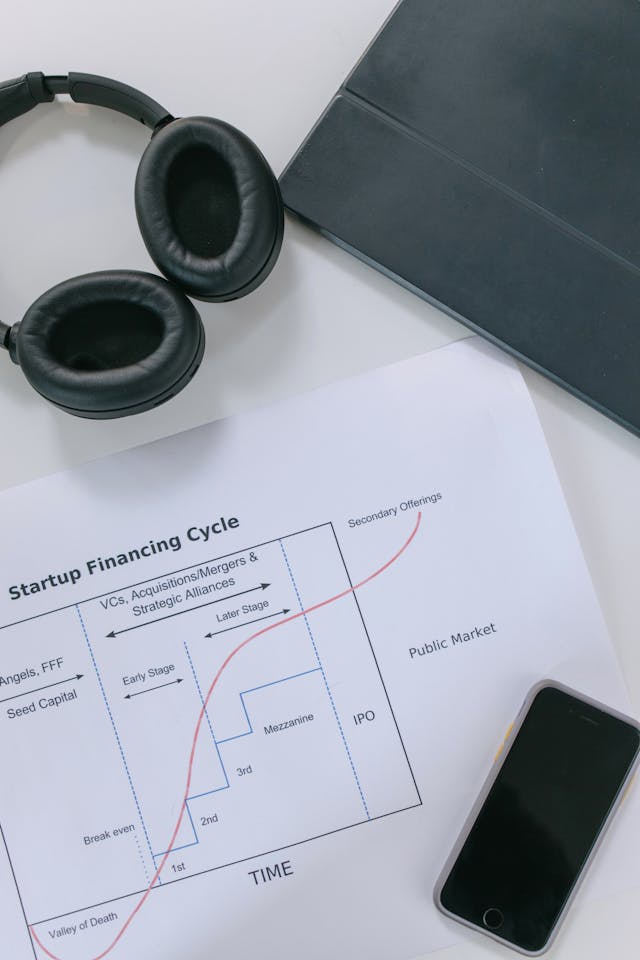Managing a commercial property is a complex endeavor that requires attention to detail, strategic planning, and a proactive approach. Whether you’re overseeing an office building, retail space, or industrial property, ensuring smooth operations is key to maintaining tenant satisfaction, preserving property value, and maximizing returns. This ultimate commercial property management checklist is designed to help you stay organized, cover all critical aspects of property management, and keep your operations running like a well-oiled machine.
1. Property Maintenance and Repairs
Routine maintenance and timely repairs are essential for keeping your property in top condition. Here’s what you need to focus on:
- Regular Inspections: Schedule routine inspections of the property to identify any maintenance issues before they become major problems. Inspect common areas, HVAC systems, plumbing, electrical systems, and the exterior of the building.
- Preventative Maintenance: Develop a preventative maintenance plan for essential systems like HVAC, elevators, and security systems. Regular servicing can prevent breakdowns and extend the life of your equipment.
- Seasonal Maintenance: Prepare your property for seasonal changes. For example, ensure heating systems are serviced before winter, and schedule landscaping and gutter cleaning in the spring and fall.
- Repair Tracking: Use a maintenance management system to track repair requests, work orders, and completion status. This ensures that issues are addressed promptly and nothing falls through the cracks.
- Vendor Management: Maintain a list of trusted vendors and contractors for repairs and maintenance tasks. Establish clear agreements regarding response times, costs, and quality standards.
2. Tenant Relations and Communication
Strong tenant relationships are crucial for reducing turnover and ensuring long-term occupancy. Keep these key points in mind:

- Regular Communication: Keep tenants informed about property updates, maintenance schedules, and any other relevant information through regular newsletters or emails.
- Tenant Handbook: Provide a tenant handbook that outlines property rules, emergency procedures, contact information, and other important details. This can help set expectations and prevent misunderstandings.
- Lease Administration: Ensure all leases are up-to-date and reflect current terms and conditions. Track lease expirations and renewals to avoid gaps in occupancy.
- Tenant Satisfaction Surveys: Conduct regular tenant satisfaction surveys to gather feedback and identify areas for improvement. Address any concerns promptly to maintain good relationships.
- Conflict Resolution: Have a clear process in place for resolving tenant disputes. Address issues fairly and promptly to prevent escalation.
3. Financial Management
Effective financial management is critical for maintaining profitability and ensuring the financial health of your property. Here’s what you should include:
- Budgeting: Create an annual operating budget that covers all expected income and expenses. Regularly review and adjust the budget to reflect changes in occupancy, maintenance costs, and other variables.
- Rent Collection: Implement a streamlined rent collection process. Use online payment systems to make it easy for tenants to pay on time and track payments efficiently.
- Expense Tracking: Monitor all expenses, including maintenance, utilities, insurance, and property taxes. Compare actual expenses to your budget to identify variances and adjust as needed.
- Financial Reporting: Generate monthly and quarterly financial reports that provide a clear picture of the property’s financial performance. Share these reports with stakeholders and use them to guide decision-making.
- Tax Compliance: Ensure that all property taxes are paid on time and that you are compliant with any local tax regulations. Keep accurate records for tax filing purposes.
4. Lease Management
Effective lease management ensures that your property remains occupied and that tenants adhere to their agreements. Here’s how to stay on top of lease management:
- Lease Tracking: Use property management software to track lease start and end dates, renewal options, rent increases, and other key lease terms. Set reminders for critical dates to ensure timely renewals.
- Lease Enforcement: Ensure that tenants comply with all lease terms, including rent payments, maintenance responsibilities, and property use restrictions. Address any violations promptly.
– Lease Renewals: Start the renewal process well in advance of lease expiration dates. Engage with tenants early to negotiate terms, address concerns, and ensure continued occupancy.
- Rent Reviews: Regularly review and adjust rent based on market conditions, lease terms, and tenant performance. Ensure that any increases are communicated clearly and comply with local regulations.
- Legal Compliance: Ensure all lease agreements are legally compliant and reflect the latest local, state, and federal regulations. Work with a legal advisor to update lease templates as necessary.
5. Security and Safety
Maintaining a safe and secure environment is crucial for tenant satisfaction and legal compliance. Focus on the following:
- Security Systems: Ensure that security systems, including surveillance cameras, access control systems, and alarms, are regularly maintained and operational.
- Emergency Procedures: Develop and communicate clear emergency procedures for fires, natural disasters, and other emergencies. Conduct regular drills and ensure that all tenants are aware of the procedures.
- Fire Safety Compliance: Ensure that fire alarms, sprinklers, and extinguishers are up to code and regularly inspected. Maintain clear evacuation routes and signage throughout the property.
- Lighting: Regularly check and maintain exterior and interior lighting to ensure the property is well-lit, particularly in parking areas, entrances, and common areas.
- Safety Inspections: Conduct regular safety inspections to identify and address potential hazards. This includes checking for trip hazards, ensuring proper signage, and maintaining clear walkways.
6. Marketing and Tenant Acquisition
Attracting and retaining tenants is a core function of property management. To keep your property fully occupied, consider the following:
- Market Analysis: Regularly analyze the local commercial real estate market to stay competitive with your rental rates and offerings. Understand your target demographic and tailor your marketing efforts accordingly.
- Online Presence: Maintain a strong online presence, including a professional website and active listings on commercial real estate platforms. Use high-quality photos, virtual tours, and detailed descriptions to showcase your property.
- Broker Relationships: Build and maintain relationships with commercial real estate brokers who can help bring prospective tenants to your property.
- Tenant Screening: Implement a thorough tenant screening process to ensure that new tenants are financially stable and fit well with the property’s existing tenant mix.
- Incentives: Offer incentives, such as rent discounts, flexible lease terms, or tenant improvement allowances, to attract and retain tenants, especially in competitive markets.
7. Legal and Regulatory Compliance
Staying compliant with all applicable laws and regulations is essential to avoid legal issues and penalties. Key areas to focus on include:

- Building Codes: Ensure that your property complies with all local building codes, including accessibility standards, fire safety regulations, and zoning laws.
- Environmental Regulations: Comply with environmental regulations, particularly those related to waste disposal, energy efficiency, and hazardous materials. Conduct regular environmental audits to stay ahead of any issues.
- Insurance Coverage: Maintain adequate insurance coverage for your property, including liability, property damage, and loss of income insurance. Review your policies annually to ensure they meet current needs.
- ADA Compliance: Ensure that your property is accessible to individuals with disabilities, in accordance with the Americans with Disabilities Act (ADA) and other relevant laws.
- Legal Disputes: Have a plan in place for managing legal disputes, whether they involve tenants, contractors, or regulatory bodies. Work closely with legal counsel to handle any issues that arise.
8. Technology Integration
Leveraging technology can streamline your operations and improve efficiency. Here’s how to integrate technology effectively:
- Property Management Software: Use comprehensive property management software to manage leases, track maintenance, handle financials, and communicate with tenants. This centralizes all property-related information and simplifies management tasks.
- Online Payment Systems: Implement online payment systems to facilitate rent collection and reduce late payments. Many systems also allow tenants to set up automatic payments, further ensuring timely payments.
- Energy Management Systems: Use energy management systems to monitor and optimize the property’s energy usage. This can lead to significant cost savings and reduce the property’s environmental footprint.
- Tenant Portals: Offer tenants access to a secure online portal where they can pay rent, submit maintenance requests, and communicate with management. This enhances tenant satisfaction and reduces administrative workload.
- Data Analytics: Use data analytics tools to track property performance metrics, such as occupancy rates, tenant satisfaction, and maintenance costs. This data can inform strategic decisions and identify areas for improvement.
Conclusion
Managing a commercial property requires a comprehensive approach that covers maintenance, tenant relations, financial management, and more. By following this ultimate checklist, you can ensure smooth operations, maximize tenant satisfaction, and protect your property’s value. Regularly review and update your processes to adapt to changing market conditions and regulatory requirements. With the right systems in place, you can keep your commercial property running efficiently and profitably.
